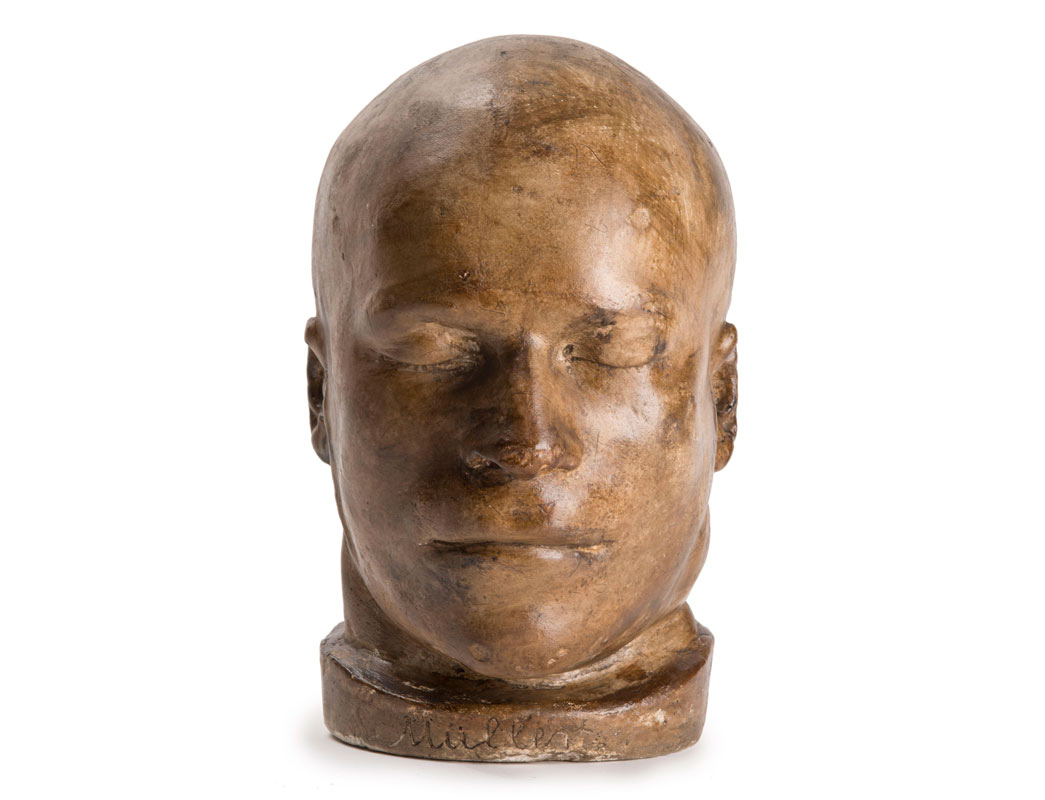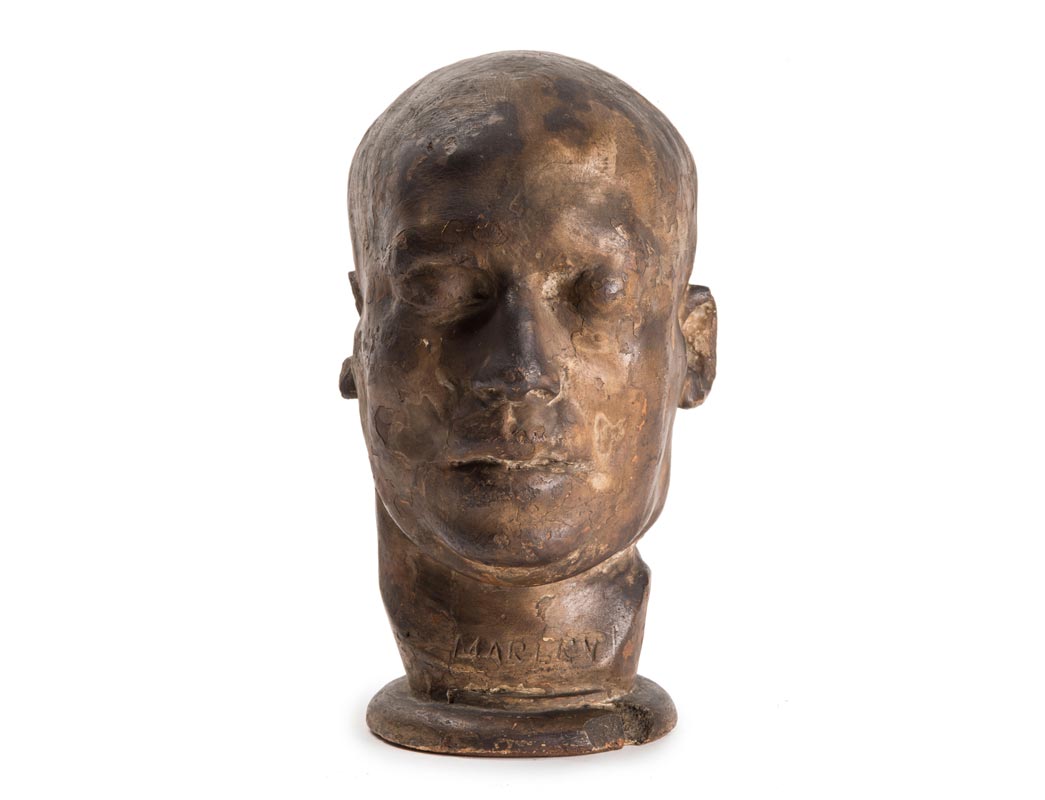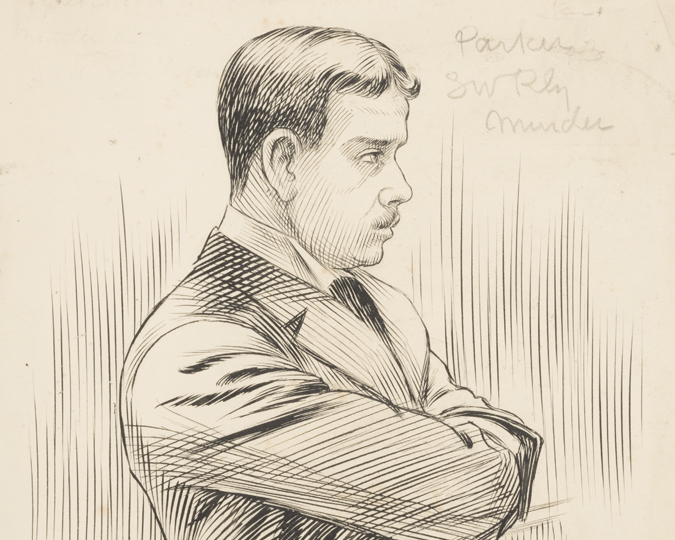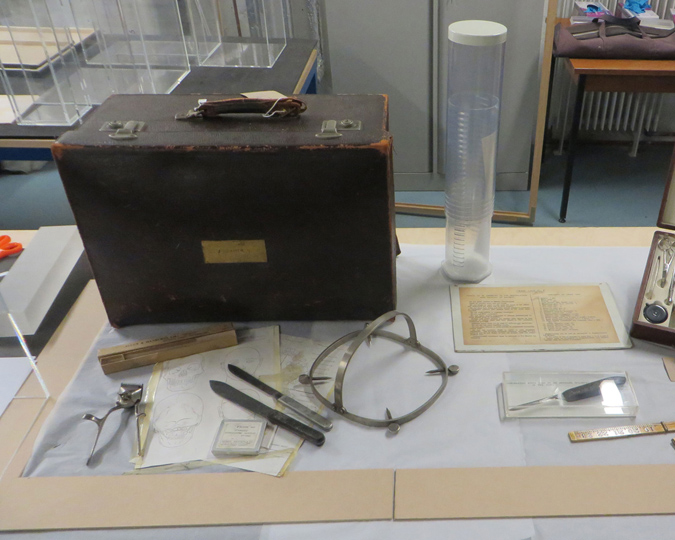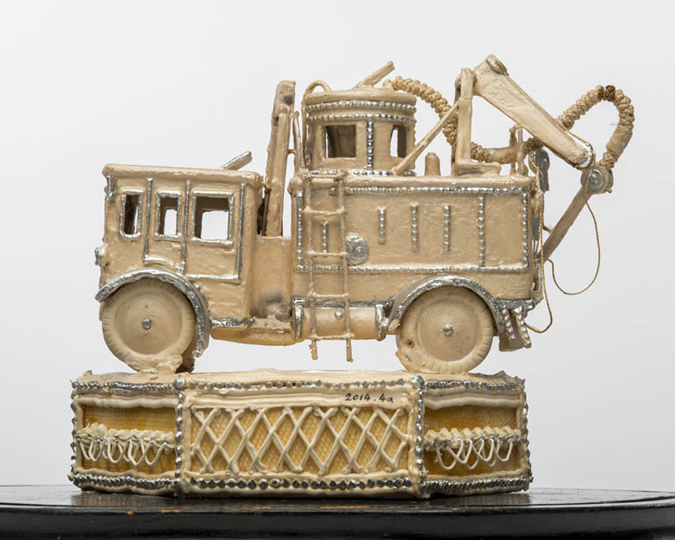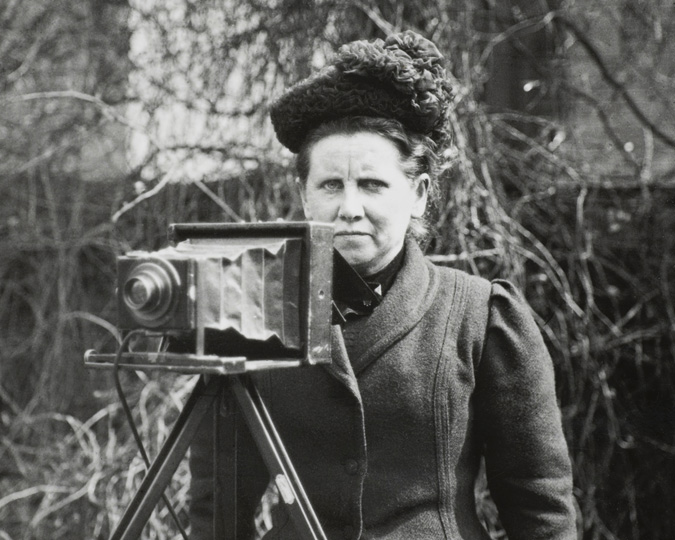The Metropolitan Police's Crime Museum contains many fascinating objects, and we were able to put some on display in a special exhibition at the Museum of London. Perhaps one of the most striking collections held by the Crime Museum is that of the death masks, eleven of which were selected for inclusion in The Crime Museum Uncovered exhibition. All those selected depict men who had been executed outside Newgate Prison in London.
While we call these death masks they are actually casts of the head in the round. Each was done of an executed criminal post-mortem. But why were they made? It is likely that some were made, or certainly displayed, as macabre souvenirs. A number of them were on display in the Governor of Newgate Prison’s house, where they were probably pointed out to visitors. When Newgate closed for good in 1902 the death masks were acquired by the Crime Museum. Charles Dickens visited Newgate in 1836, and noted:
‘a shelf, on which were a few boxes for papers, and casts of the heads and faces of the two notorious murderers, Bishop and Williams; the former, in particular, exhibiting a style of head and set of features, which might have afforded sufficient moral grounds for his instant execution at any time, even had there been no other evidence against him.’
And this brings us onto the main reason why most of these death masks were created: as research for the pseudo-science of phrenology.
Phrenology was based around the idea that the brain comprised specific areas for different functions and that by measuring the shape and size of the skull it would be possible to make inferences about a person’s character and personality. Phrenology was developed by Franz Joseph Gall and Johann Gaspar Spurzheim in the late 18th century and early 19th century and grew in popularity during the 19th century.
There were a number of phrenological societies in Britain and its popularity was shared by rich and poor alike. Casts of living and dead subjects were made, as well as those of the famous. The Edinburgh Phrenological Society had a collection of over 2,000 life and death masks.
All of the casts in The Crime Museum Uncovered exhibition were made from Plaster of Paris. Of the eleven masks in the exhibition, we know the makers of 8 of them: six were made by Bartholomew Casci of 3 Harford Place, Drury Lane, London; one, James Greenacre’s, was made two days after his death in May 1837 by J. Miller of Theobald’s Road in Holborn; and one, that of Robert Blakesley was made in 1841 by J. Deville, 367 Strand, London. The six made by Casci are: Thomas Wicks (1846), Thomas Sale (1848), William Hewson (1848), Luigi Buranelli (1855), Robert Marley (1856) and James Mullins (1860).
In the 1841 census, Bartholomew Casci is recorded as living at 3 Harford Place. He is described as a figure maker, aged 31, born in ‘foreign parts’. Ten years later in the 1851 census, Casci is living at the same address with his Irish wife, Margaret, and a daughter, Mary Ann, aged 13. In this census Casci is recorded as having been born in Italy and his profession is described as ‘moulder and figure maker’. In 1861, he is recorded as having two more children, another daughter and a son.
James Deville (or De Ville) (1777-1846) is, however, the most interesting of the makers, as he was himself a leading light in phrenological circles. He was an expert plaster cast maker who became a convert to phrenology. He opened his first plaster works in Soho in 1803, later moving to Leicester Square and then the Strand as his success grew. Much of his work was as a metal caster and he became a notable maker of lamps, including lighthouse lamps.
His interest in phrenology seems to date to about 1817 when he was commissioned to make phrenological plaster casts. From 1821 he was making casts from living subjects. In 1823 he became one of the founders of the London Phrenological Society and studied with Spurzheim; both Gall and Spurzheim thought highly of Deville’s work. He became an active phrenologist, both making casts and also ‘reading’ heads, including those of 48 convicts on a ship bound for New South Wales. The cast of Robert Blakeley’s head which appears in the exhibition, was made in 1841, and is marked with Deville’s name and his address, 367 Strand. At his death in 1846 he had over 5,000 specimens in his collection, both skulls and casts. A phrenological bust made by him in 1821 is in the collections of the Science Museum.
The eleven death masks that were included in The Crime Museum Uncovered exhibition are as follows. Unless otherwise stated the name of the offender and the details in the brackets are inscribed into the Plaster of Paris.
Thomas Wicks (marked on back of neck: ‘London Pub. 30 March 1846 by B Casci, 3 Harford Place, Drury Lane’)
Wicks was executed on 30 March 1846 for the murder of James Bostock.
James Greenacre (marked on back of neck: Pub. by, J. Miller May 4 1837, Theob. Road, London)
Greenacre was executed 2 May 1837 for the murder of Hannah Brown.
Daniel Good (‘Good’ painted on front of small base plinth)
Good was executed 23 May 1842 for the murder of Jane Jones.
Robert Blakesley (marked on back of neck: ‘Published Nov 18[? Hard to read] 1841 by J. Deville 367 Strand London)
Blakesley was executed 15 November 1841 for the murder of James Burdon.
Thomas Hocker (marked on back of neck: ‘Hocker, 1845’)
Hocker was executed 28 April 1845 for the murder of James De La Rue.
Thomas Sale (marked on back of neck: ‘Bart. Casci, 3 Harford Place, Drury Lane’)
Sale was executed 10 January 1848 for the murder of John Bellchambers.
William Hewson (marked on back of neck: ‘London, July 24 1848, Bart.w Casci, No. 3 Harford Place, Drury Lane’)
Hewson was executed 24 July 1848 for the murder of William Woodhouse.
Luigi Buranelli (marked on back of neck: ‘B Casci, 30 April, 3 Harford Place, Drury Lane’)
Burnaelli was executed 30 April 1855 for the murder of Joseph Lambert.
Robert Marley (marked on back of neck: Pub. by B Casci, Dec 15 1856, No. 3 Harford Place, Drury Lane’)
Marley was executed 15 December 1856 for the murder of Richard Cope.
James Mullins (marked on back of neck: Pub. B Casci, 3 Harford Place, Drury Lane’)
Mullins was executed 19 November 1860 for the murder of Mary Elmsley
Franz Muller (marked ‘Muller’ at the front)
Muller was executed 14 November 1864 for the murder of Thomas Briggs.








